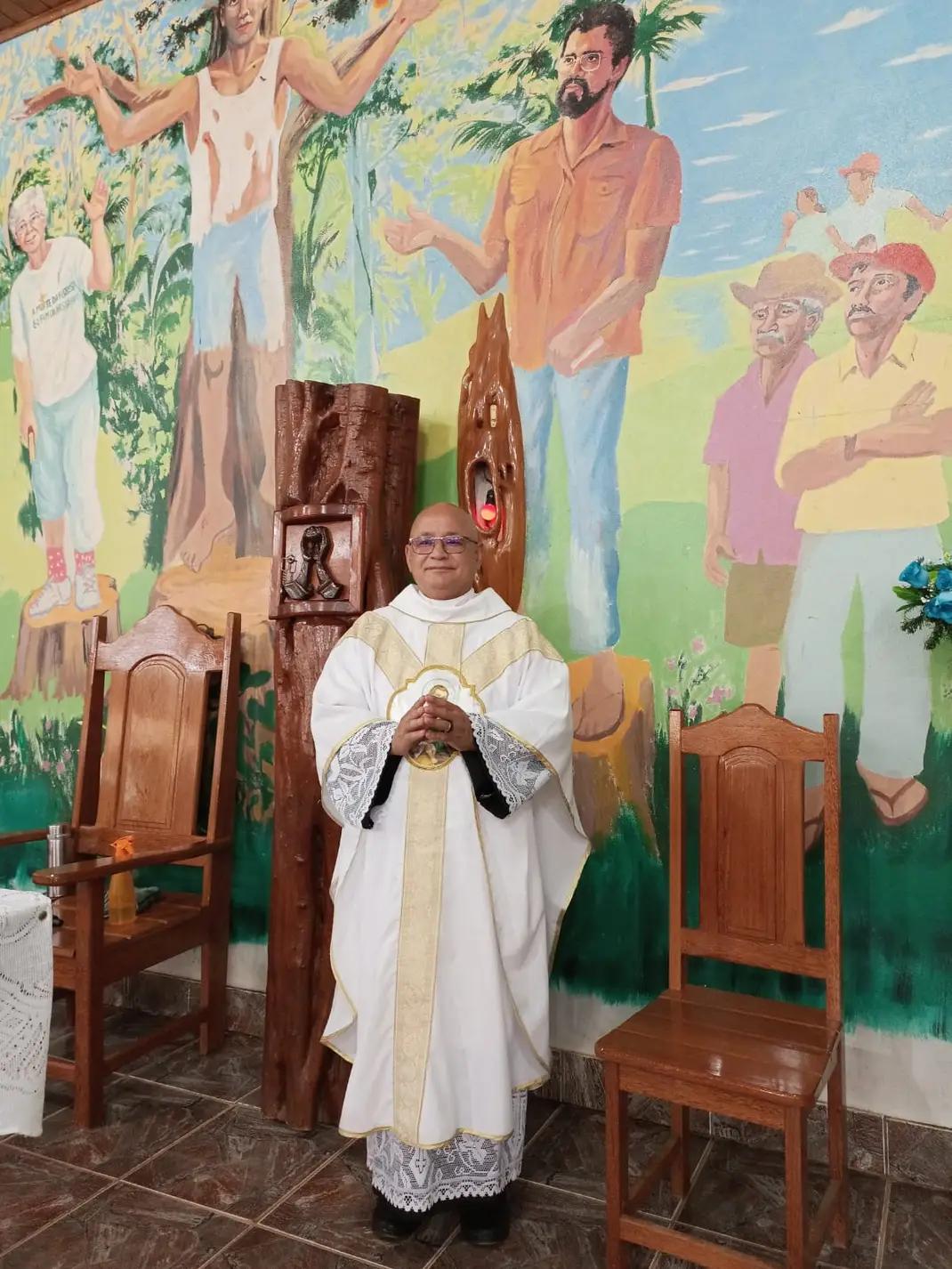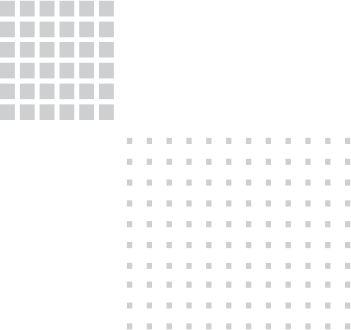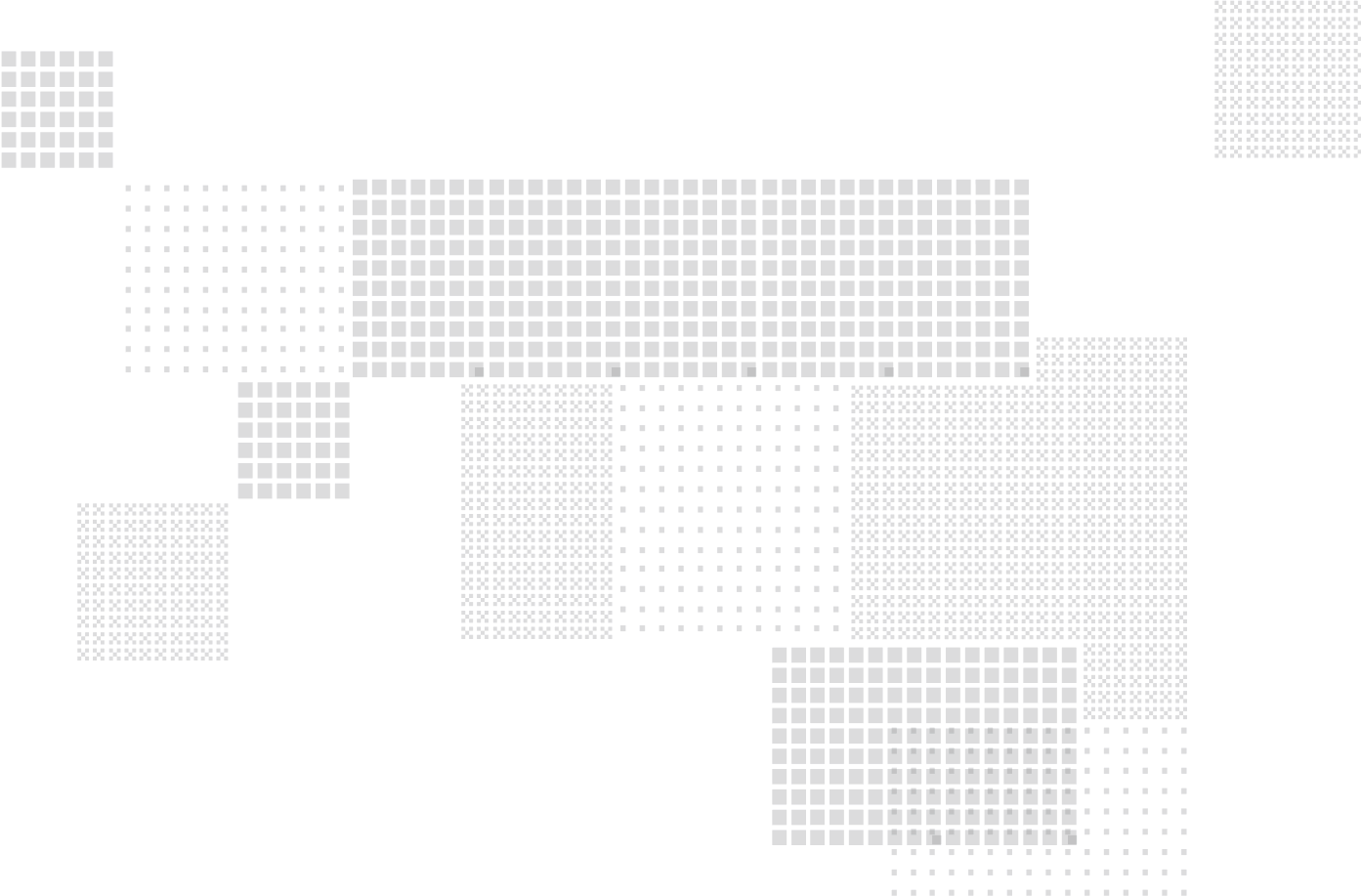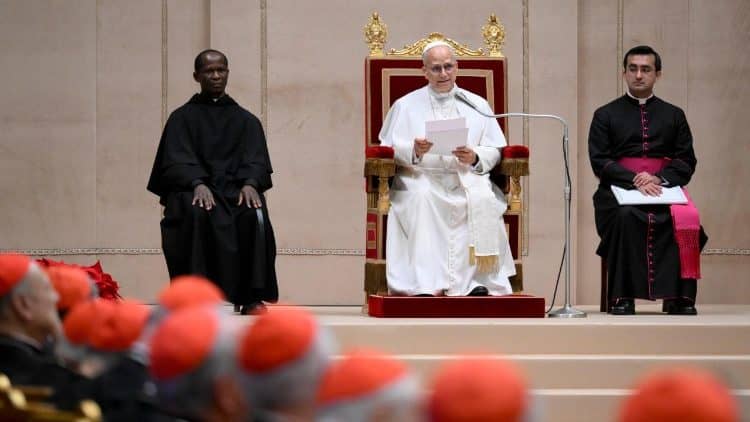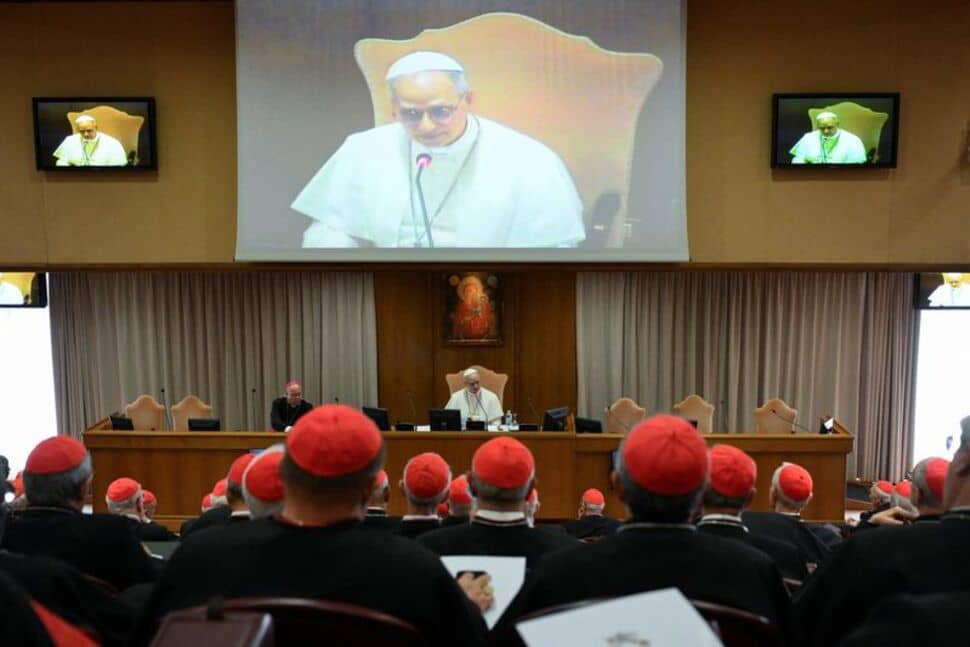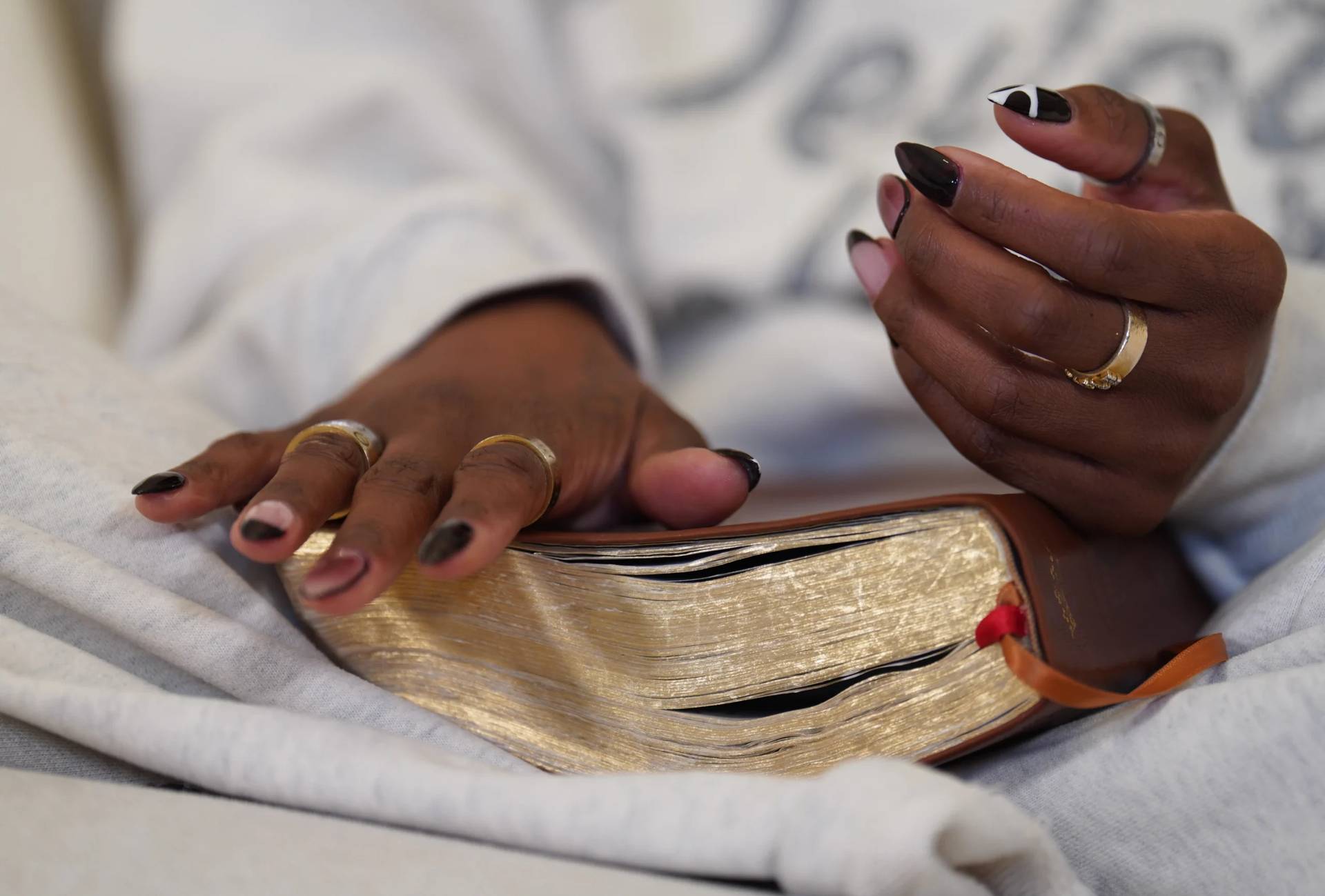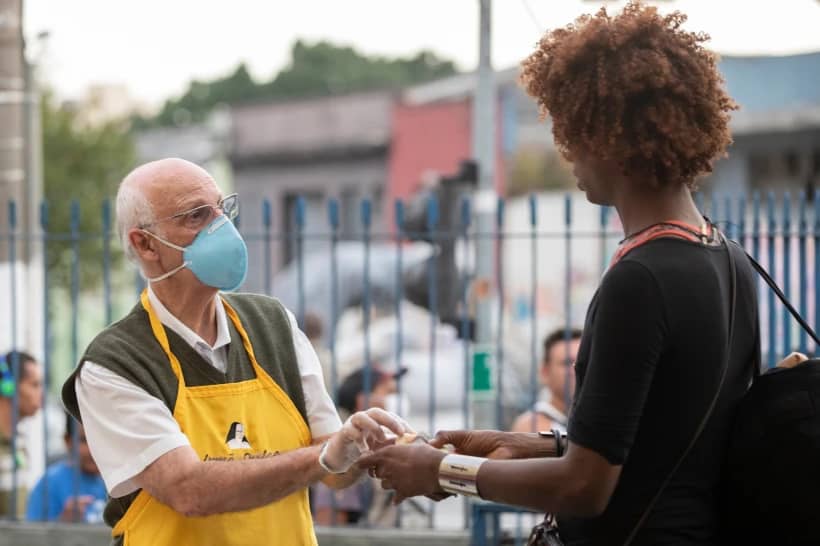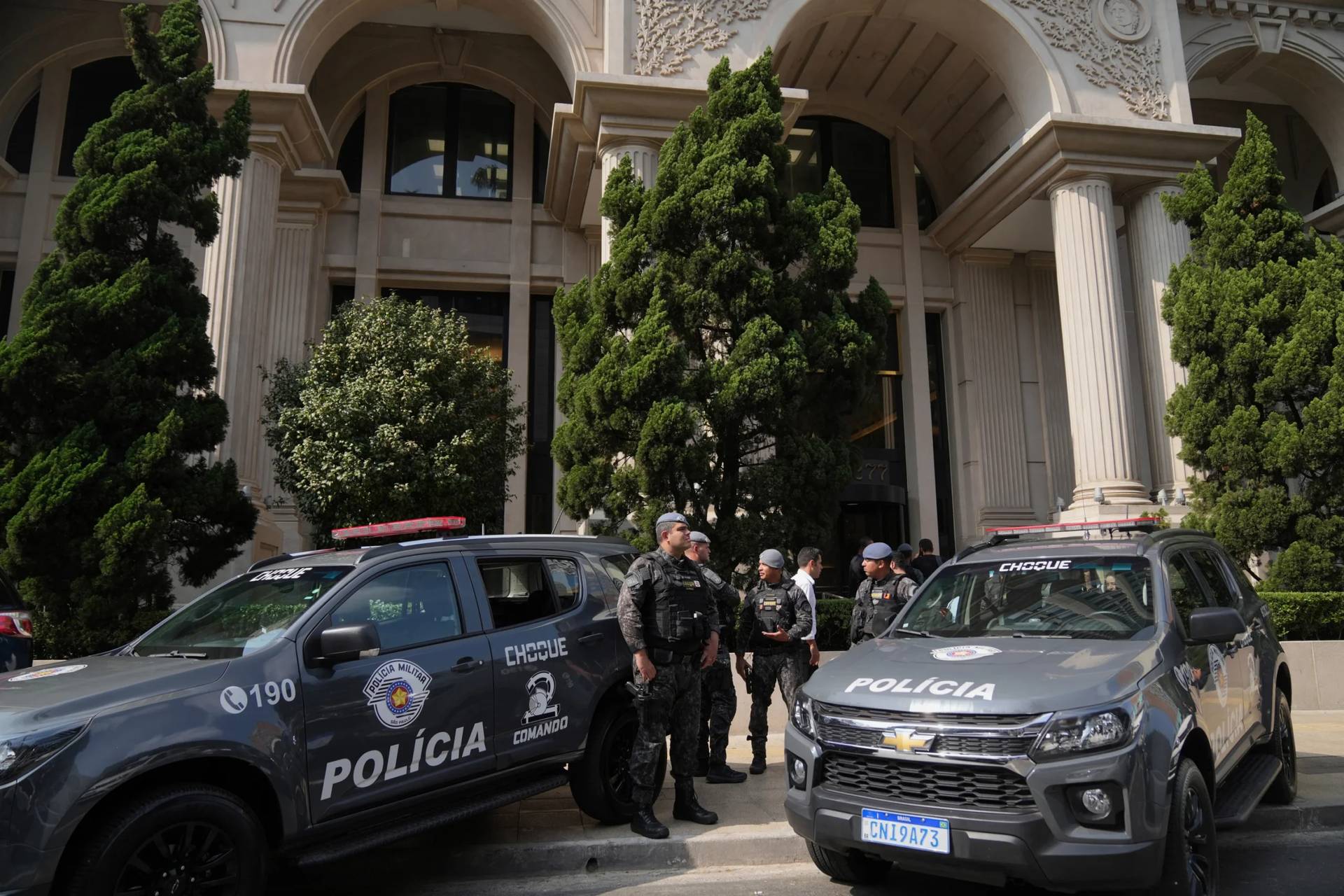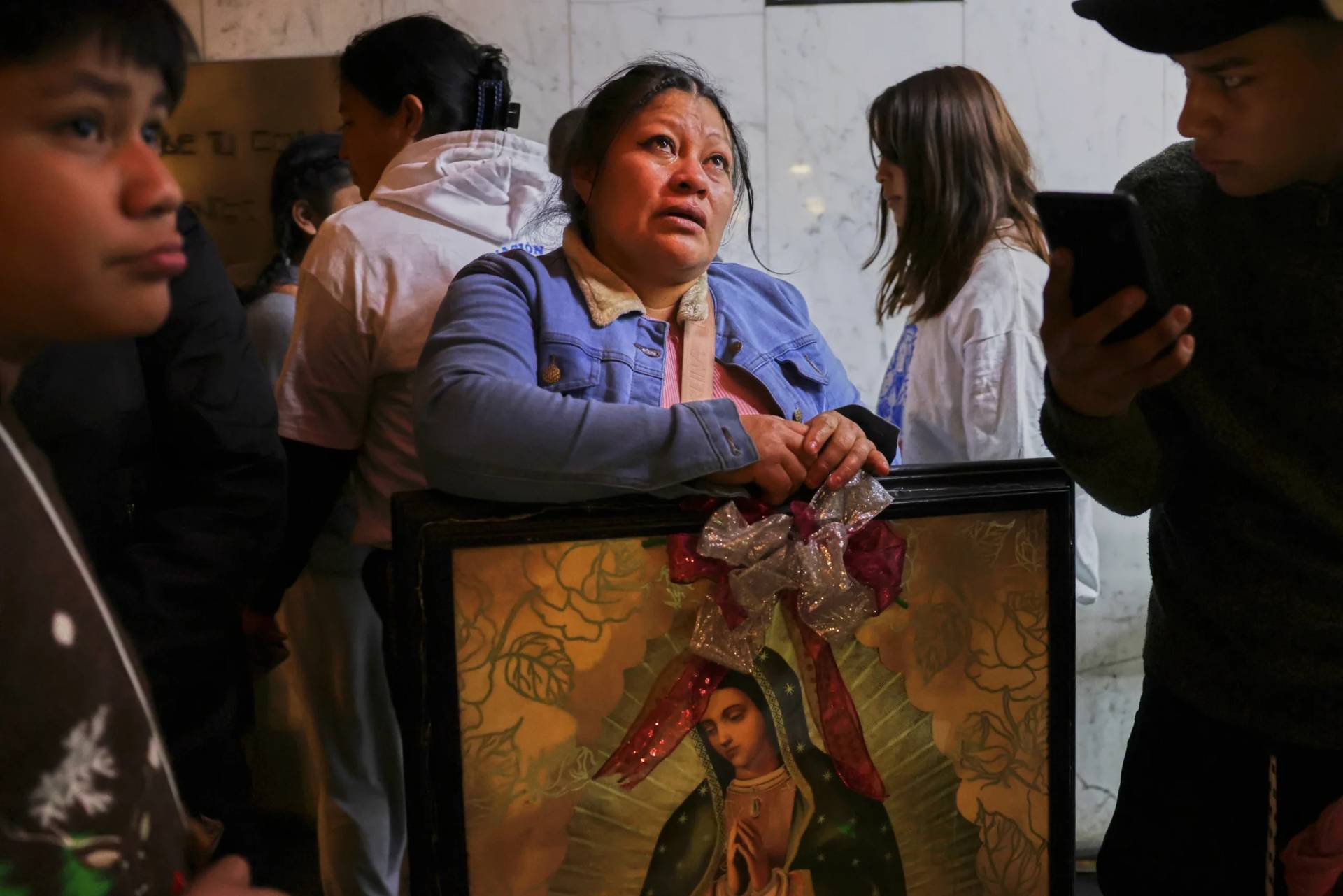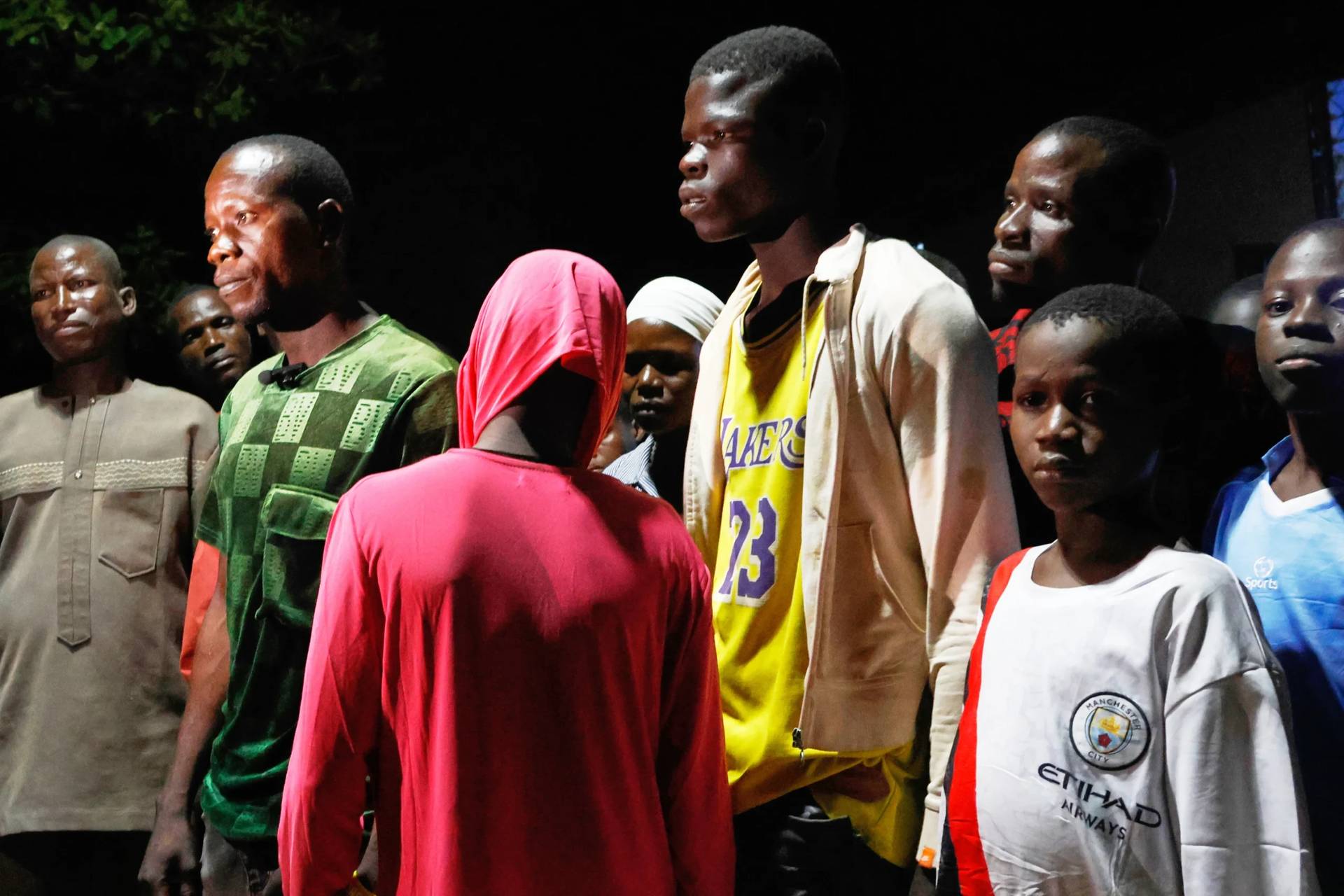SÃO PAULO – A mural behind the altar showing artistic depictions of Catholic activists who were killed in land disputes in Brazil was covered by the vicar, who claimed that “most churchgoers don’t like to see those drawings while praying.”
The case, which sparked controversy on social media and ended up with the covering being removed 10 days after it was denounced, happened in the city of Anapu, in the Amazonian Pará state.
The mural was painted in 2009 in the Church of Saint Lucy. It shows a brown-skinned Jesus wearing peasant’s clothes and crucified on a tree. He’s sided by two major martyrs of land disputes in Brazil, Father Josimo Tavares, a coordinator of the Bishops’ Conference’s Land Pastoral Commission (CPT) who was killed in 1986, and U.S.-born Sister Dorothy Stang, murdered in 2005.
Tavares, who spent his life defending landless workers, was killed by farmers in Maranhão when he was 33. His legacy has inspired many activists all over Brazil, including a Franciscan-inspired group of friars who created a community that received his name.
Born in Dayton, Ohio, in 1931, Stang was a member of the Sisters of Notre Dame de Namur and arrived in Brazil in 1966. In the 1980s, she moved to Anapu, where she worked hard against land concentration and the devastation of the Amazon.
Stang created a program that combined the occupation of areas of the rainforest with its ecological exploitation by small peasants. She was a member of the CPT for decades. In 2005, local ranchers hired hitmen who shot her dead in the forest. The crime shocked the country.
Anapu continues to be an area of fierce land dispute, with at least 21 murdered landless workers since Stang’s death.
In Brazil, most territories used to be owned by the royal family that ruled until 1889. The South American country has never been able to promote a comprehensive land reform program, so those areas are still owned by the government.
While masses of landless peasants have struggled for decades to put pressure on the government for land reform, many ranchers have historically invaded such lands, cleared them of native vegetation, and filled it with crops or cattle. The confrontation between those big farmers and the small peasants have produced a bloodshed in Brazil over the past decades.
At the end of January, a story published by human rights news website Reporter Brasil complained that the mural had been covered by cloth. Progressive Catholics from several parts of the country went to social media and protested the vicar’s decision.
“That mural was painted when Father Amaro Lopes, who worked with Sister Dorothy, was the local vicar,” said Sister Jean Ann Bellini, a U.S.-born missionary in Brazil who is also a CPT member.
In 2018, Lopes was detained for 92 days after he was falsely accused of crimes connected to his activism as a CPT leader and to his struggle for land reform. He ended up leaving Anapu and moving to another city in Pará state.
“The new priest heard part of the community complaining about the mural. But most churchgoers like it, given that it narrates their own struggle for land,” Bellini said.
After Reporter Brasil’s story and the protests on social media, Bishop João Muniz Alves of the Diocese of Xingu-Altamira visited the parish in Anapu, where he presided over a celebration on Feb. 9, and told the community to uncover the mural.
Two days later, he released a statement in honor of Dorothy Stang, talking about her legacy and the relevance of her work for the local people. She was killed on Feb. 12, so every year she’s reminded in such a date.
“The fruits of Sister Dorothy Stang’s missionary action remain alive and incentivizing the new generations to defend life, the poor and the environment,” the letter read.
The current vicar, Father Josemar Lourenço, during the celebration confirmed the mural will not be covered anymore. According to Repórter Brasil, he worked as a police investigator in the past, before being ordained. Lourenço claimed he’s facing a sinusitis crisis and couldn’t talk to Crux.
Brother Sérgio Görgen, a member of the Josimo community and a long-time advocate of the landless workers, said “a community that refuses to see today’s crucified people will not be able to recognize the Lord who was crucified in Jerusalem.”
